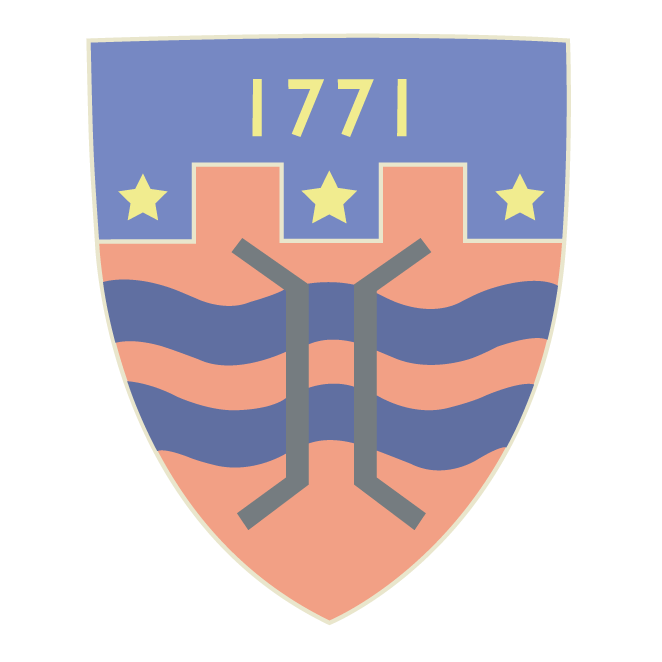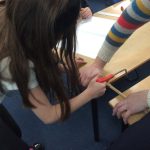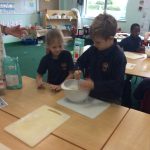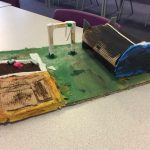Design and Technology prepares children for the future to deal with tomorrow’s rapidly changing world. It encourages children to become independent, creative problem solvers and thinkers as individuals and also as part of a team.
Statement of Intent
The national curriculum for Design and Technology aims to ensure that all pupils:
- develop the creative, technical and practical expertise needed to perform everyday tasks confidently and to participate successfully in an increasingly technological world.
- build and apply a repertoire of knowledge, understanding and skills in order to design and make high-quality prototypes and products for a wide range of users.
- critique, evaluate and test their ideas and products and the work of others.
- understand and apply the principles of nutrition and learn how to cook.
At St Oswald’s, we encourage children to use their creativity and imagination, to design and make products that solve real and relevant problems within a variety of contexts, considering their own and others’ needs, wants and values. We aim to, wherever possible, link work to other disciplines such as maths, science, engineering, computing and art. The children are also given opportunities to reflect upon and evaluate past and present design technology, its uses and its effectiveness and are encouraged to become innovators and risk-takers. It is the intent of St Oswald’s for Design Technology to be taught as part of our 2 year rolling creative curriculum with at least four topics being covered in the 2 years (including at least one topic relating to food). Design and Technology projects are often made cross curricular – linking to other subjects taught. Our golden threads of DT which are textiles, structures, cooking and nutrition, mechanisms and in KS2 mechanical systems and electronics, are evident in all lessons across all phases in school.
Implementation
Through a variety of creative and practical activities, we teach the knowledge, understanding and skills needed to engage in an iterative process of designing and making. The children design and create products that consider function and purpose and which are relevant to a range of sectors (for example, the home, school, leisure, culture, enterprise, industry and the wider environment).
When designing and making, the children are taught to:
• use research and develop design criteria to inform the design of innovative, functional, appealing products that are fit for purpose, aimed at particular individuals or groups.
• generate, develop, model and communicate their ideas through discussion, annotated sketches, cross-sectional diagrams, prototypes, pattern pieces and computer-aided design.
• select from and use a wider range of tools and equipment to perform practical tasks (for example, cutting, shaping, joining and finishing, as well as chopping and slicing) accurately.
• select from and use a wider range of materials, ingredients and components, including construction materials, textiles and ingredients, according to their functional properties, aesthetic qualities and, where appropriate, taste.
Evaluate:
• investigate and analyse a range of existing products.
• evaluate their ideas and products against their own design criteria and consider the views of others to improve their work.
• understand how key events and individuals in design and technology have helped shape the world.
Technical knowledge:
• apply their understanding of how to strengthen, stiffen and reinforce more complex structures.
• understand and use mechanical systems in their products.
• understand and use electrical systems in their products (KS2).
• apply their understanding of computing to program, monitor and control their products.
• Understand some of the ways that food can be processed and the effect of different cooking practices (including baking and grilling).
Key skills, knowledge and vocabulary for DT have been mapped across the school to ensure progression between year groups. The context for the children’s work in Design and Technology is also well considered and children learn about real life structures and the purpose of specific examples, as well as developing their skills throughout the programme of study. Design and technology lessons are also taught as a block so that children’s learning is focused throughout each unit of work.
Impact
We ensure the children:
• develop the creative, technical and practical expertise needed to perform everyday tasks confidently and to participate successfully in an increasingly technological world.
• build and apply a repertoire of knowledge, understanding and skills in order to design and make high-quality prototypes and products for a wide range of users and critique, evaluate and test their ideas and products and the work of others.
• understand and apply the principles of nutrition and learn how to cook.
Through the evaluation of past and present design and technology, they develop a critical understanding of its impact on daily life and the wider world.
We use a range of strategies to assess these skills and knowledge including the following: Book monitoring, self-assessment, pupil voice and feedback each lesson.




